In this blog we outline the acceptable tolerances in interior and exterior walls including curtain walling, rain screen cladding systems, internal walls, ceiling and service ducts. The guidance below has been taken from version 13 of the Premier Guarantee Technical manual.
For more information on acceptable tolerances download chapter 1 of our technical manual.
Design should allow for the line, level, plumb and plane of the completed curtain wall to be within the acceptable tolerances of
Design should allow for the line, level, plumb and plane of the completed curtain wall to be within the acceptable tolerances of:
Walls and ceilings (plastered and dry lined).
There should be no sharp differences of more than 4mm in any 300mm flatness of wall. The maximum deviation is +/-5mm from a 2m straight edge with equal offsets, horizontally and vertically, for all wall and ceiling surfaces.
The maximum deviation is +/- 5mm from 2m straight edge with equal offsets, horizontally and vertically
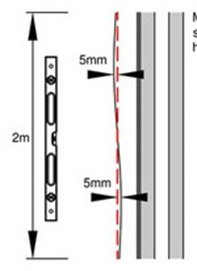
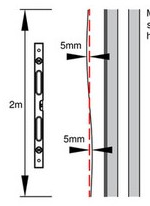
Partitions should be robust and form a smooth, stable, plane surface to receive decoration:
Plum of wall finish:
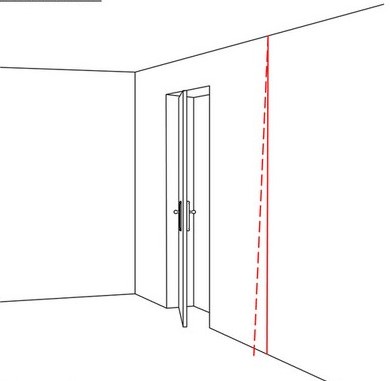
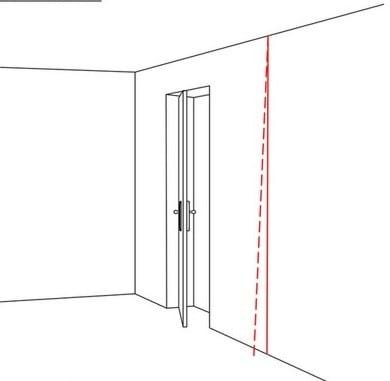
If there are changes in the construction materials used due to shrinkage and the differential movement of materials; small cracks (up to 3mm wide) may become visible in the surface at wall, floor and ceiling junctions.

Max 10mm deviation in 2m.
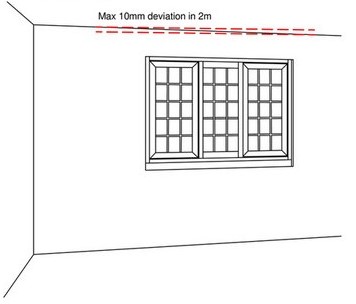
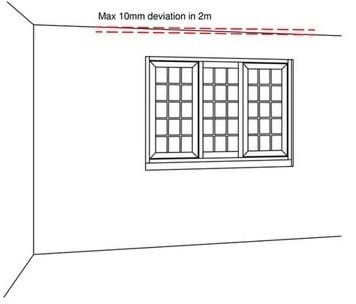
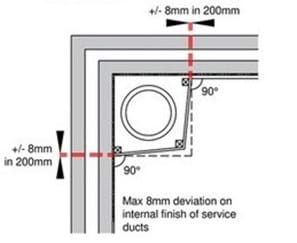
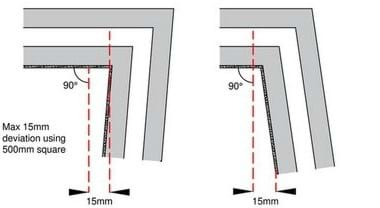
Please Note: Every care was taken to ensure the information in this article was correct at the time of publication. Any written guidance provided does not replace the reader’s professional judgement and any construction project should comply with the relevant Building Regulations or applicable technical standards. However, for the most up to date Premier Guarantee technical guidance please refer to your Risk Management Surveyor and the latest version of the Premier Guarantee technical manual.